Recently, the news that the food in the canteen of the primary school of Chengdu No.7 Middle School has deteriorated has attracted a lot of attention.
In the videos and pictures released by netizens, the console of the canteen was in a mess, and many ingredients had even rotted and looked like a garbage dump.
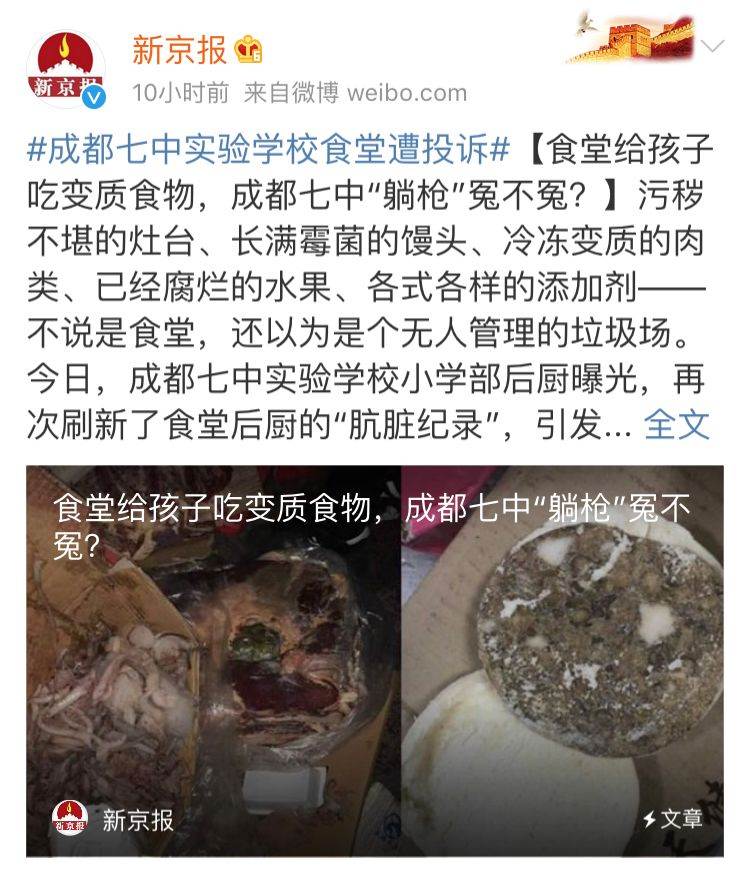
Photo Source: Beijing News Microblog
The child’s health has hit many people’s hearts.
According to the latest news from the media, those responsible have been suspended from duty for investigation.
In fact, this is not the first time that a problem has been reported in the school canteen:
- In September 2017, the lunch of students in Nanjing No.1 Primary School was reported to have only two ham sausages + vermicelli + rice. In September 2018, a kindergarten in Wuhu, Anhui Province gave its children expired insect rice, and the director of the kindergarten was detained. In October 2018, a school canteen in Shanghai was reported to have mildew in vegetables, and three responsible persons were dismissed. … …
Why do students have frequent accidents at meals? Is it really so difficult for children to eat at ease?
Japan’s experience tells us that it may not be difficult…

Ensure school food safety:
Let the headmaster eat first
Public primary and secondary schools in Japan will provide lunch for students, which is called “giving food”.
After lunch is ready, the children should not be allowed to eat immediately, but the person in charge should have a try first. In many schools, the person in charge of checking the try is the headmaster.
This system is called “food inspection” and originated from the “School Food Hygiene Management Benchmark” promulgated in 1997.
Feeding originated in the 22nd year of Meiji (1889)
▼
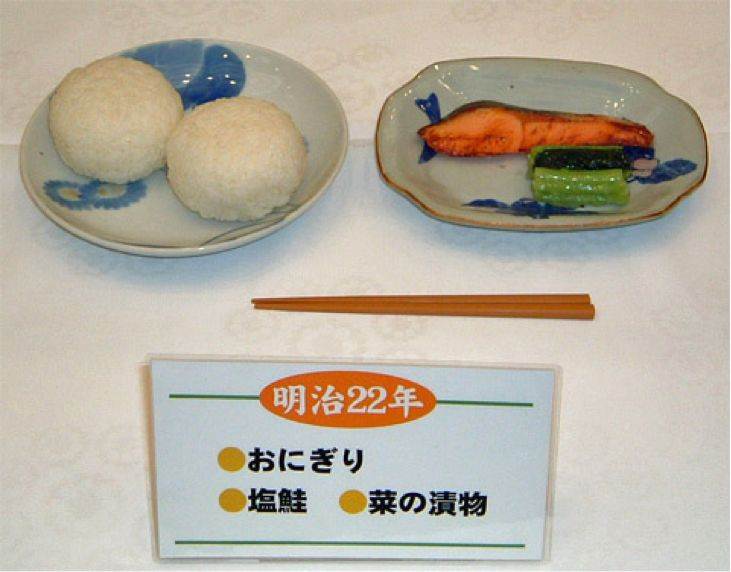
Photo Source: Japanese School Feeding History
This inspection is not just about eating casually, but about making detailed records. Special attention should be paid to the following points:
- Whether the food is mixed with harmful impurities; Whether the processing in the production process is appropriate; Whether there is peculiar smell and odor; Whether the appetite for a meal is appropriate; How about color, aroma and taste? Whether the children will like it or not.
If any problems are found during the trial, the meal should be cancelled immediately and reported. Only after the headmaster has eaten and confirmed that there is no problem can lunch be distributed to the students at ease.
The headmaster is carrying out [food inspection]
There are many forms to fill in for each meal.
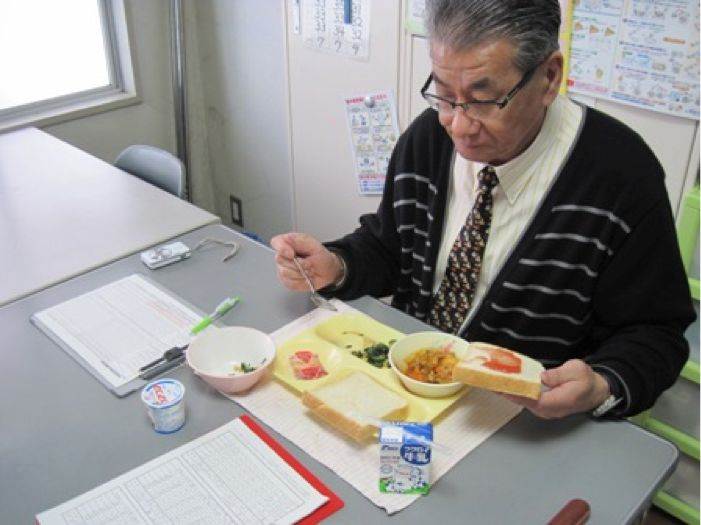
Photo Source: Binsong City Lake East Middle School
In addition to requiring principals to eat first, the school has also made various regulations in detail, such as:
All kinds of vegetables should be stored and cleaned separately. Employees should be disinfected under negative pressure before entering the operation room. Kitchen utensils for non-heated food should be separated from heated food… Even the temperature and humidity of the kitchen are required.
In addition, regular inspections also have strict regulations:
- The person in charge of the school shall inspect the indoor environment once every academic year. Every academic year, catering equipment and appliances should be inspected three times. Check the health management of school catering service personnel three times a school year.
The headmaster tried the food first, strictly managed the food and beverage, and regularly checked and improved…
Why are there few food safety problems in Japanese schools? These systems are effective guarantees.
A simple lunch
Let Japanese Children Win at the Starting Line
How good is the student meal in Japan?
There is a popular video on YouTube that has been played for more than ten million times, which may give us the answer.
School Lunch in Japan
▼
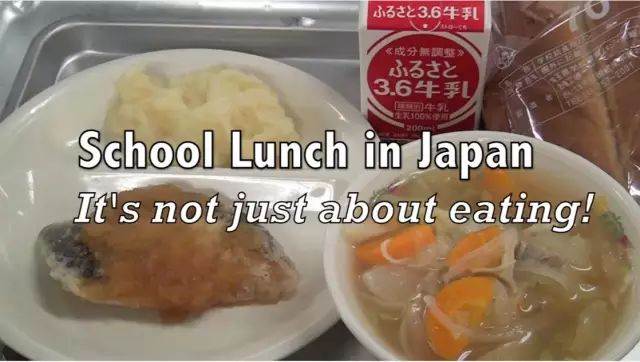
In the morning, the cooks dressed up and began to work.
Every meal they want to prepare is matched by a professional nutritionist. Today’s menu is: mashed potatoes, pear juice fish steak, vegetable soup, bread and milk.
Mashed potatoes are the most distinctive, using potatoes grown by students in the small farmland of the school.
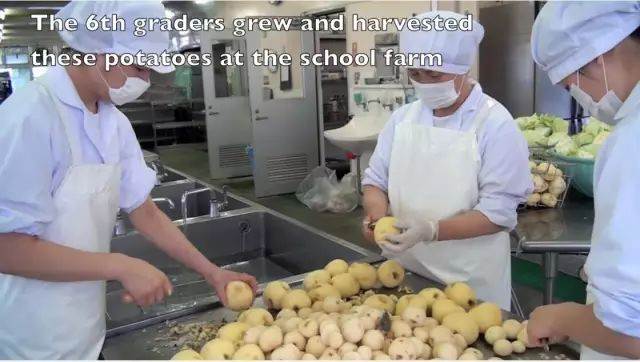
After three hours of preparation, the fresh food came out of the pot.
The students on duty in each class were dressed neatly and, under the leadership of the head teacher, transported the food back to the class from the restaurant and distributed it to each student.
After that, the head teacher will have dinner with the students and brush his teeth with the students to protect his oral health.

The daily school lunch shown in the video has another basic policy besides feeding: [food education].
Japan attaches great importance to the cultivation and education of good eating habits. In 2005, Japan promulgated the Basic Law on Food and Education. In 2006, Japan formulated the Food and Education Promotion Plan, which is revised every five years.
Schools are a very important part of it:
- Nutritionists make recipes so that students can learn the correct diet and food nutrition. Provide special dishes from all over the country so that students can understand more diverse food cultures; Children are encouraged to take part in the work, and some schools will also let students grow food materials themselves.
Japanese children are under the double protection of [feeding] and [feeding], eating nutritious and safe meals from snacks, laying a good foundation for health.
A standard Japanese school food
▼
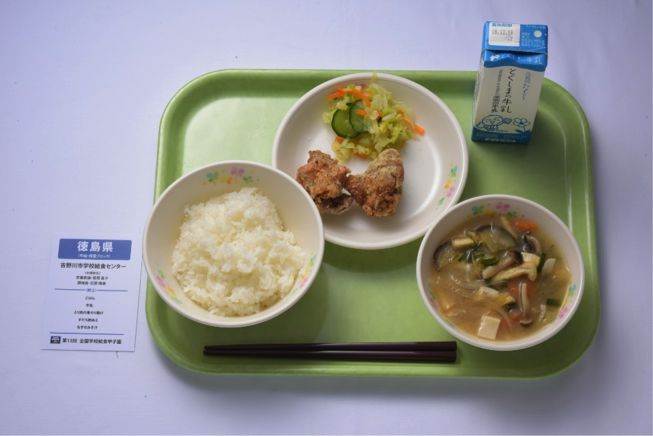
Photo Source: School Gives Food to Jiaziyuan
For the sake of children’s health
We need to do better
Japan can do so well, why can’t Chinese schools do it?
In fact, in order to improve children’s diet, China has also made many efforts, such as various laws, policies, public welfare projects, etc.
From April 1, 2019, the “Regulations on School Food Safety and Nutrition Health Management” will come into effect. It clearly requires:
Primary and secondary schools and kindergartens should establish a centralized meal accompanying system. Each meal should have the relevant person in charge of the school and the students eating together, make a good meal accompanying record, and discover and solve the problems existing in the centralized meal process in a timely manner.
During the ongoing NPC and CPPCC sessions, many members also proposed to strengthen and implement the work of food safety in schools.
In poor mountainous areas, there are many schools that have accepted the free lunch plan, which can provide nutritious and hygienic meals for children at a cost of several yuan per person per day.
A rural primary school insisted on recording free lunch on Weibo.
▼
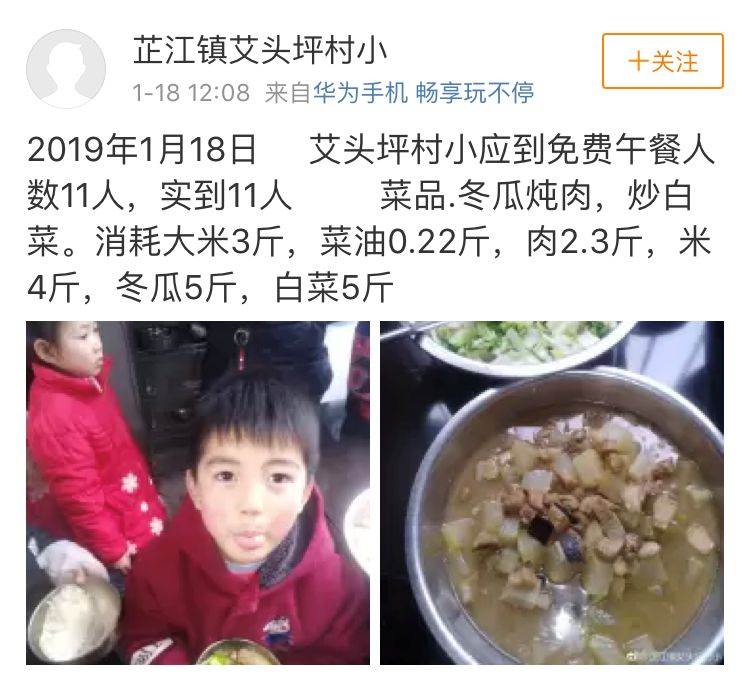
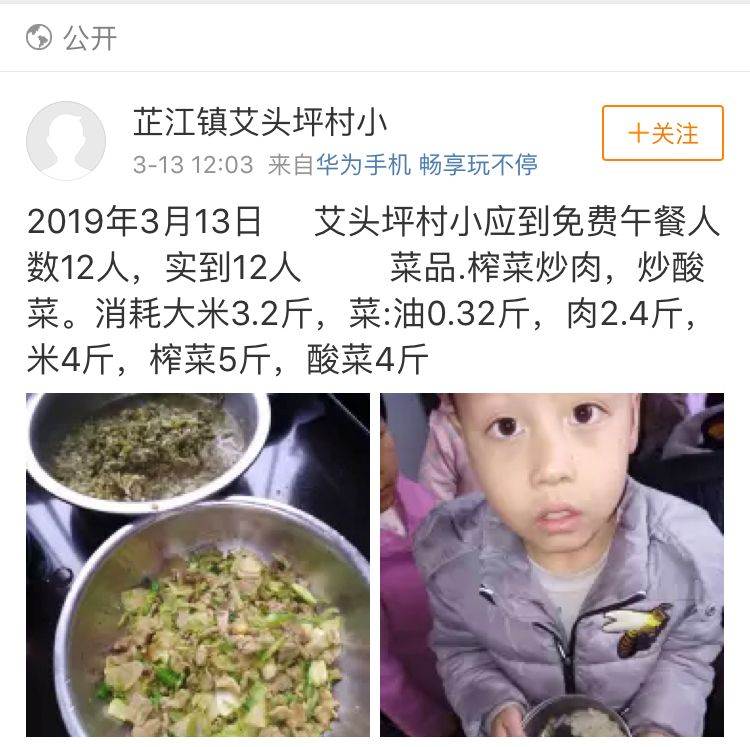
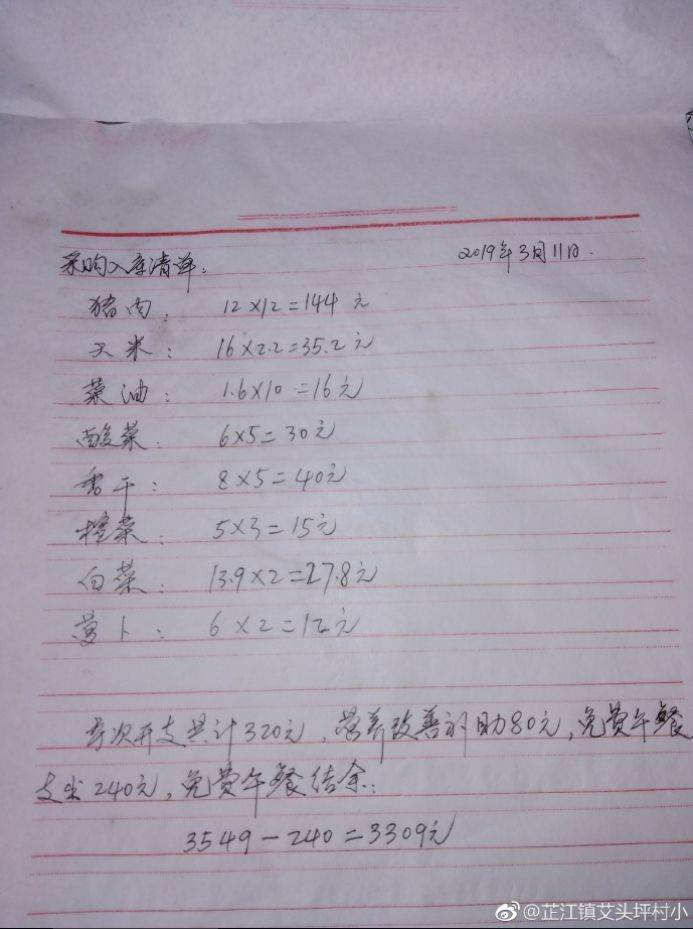
Photo Source: Aitouping Village, Zhijiang Town
The school canteen is a business, but it is also a conscience.
Even these schools in poor mountainous areas can work hard to reassure their children to eat a good meal. Looking at this incident, I just want to ask these people: Where is your conscience?
Japan has spent more than 100 years successfully introducing and implementing “feeding” and “feeding” to ensure the healthy growth of children.
Do we have a lot of things to learn and correct?
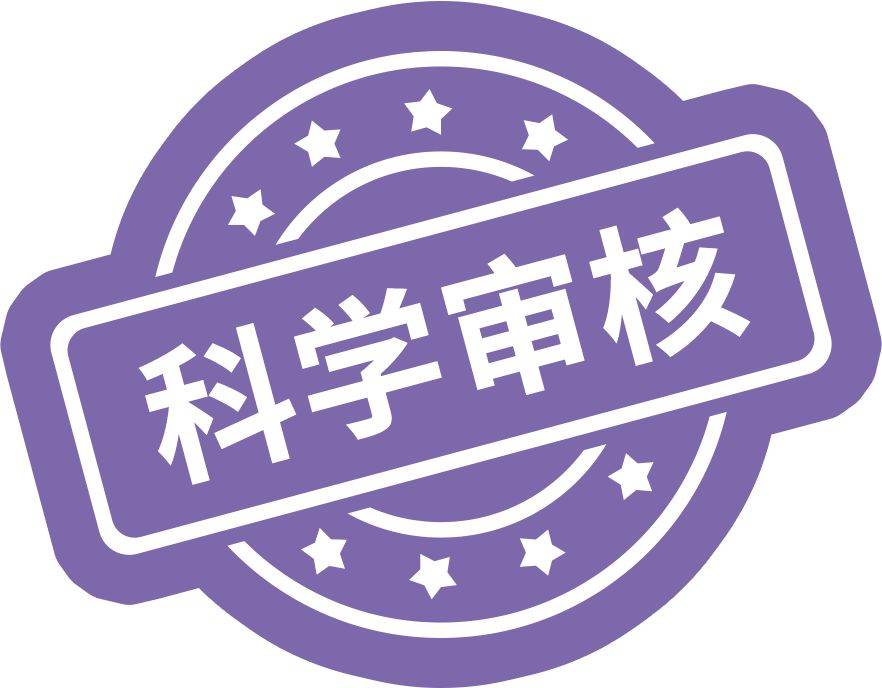
This article has been reviewed by Japanese registered dietitian Su Zixi.
-References-
[1] < < School Food Law > > 1954 Ministry of Education, Culture, Sports, Science and Technology
[2] < < School Food Management Base > > 1997 Ministry of Education, Culture, Sports, Science and Technology
[3] < < School Food and Education Promotion > > Ministry of Education, Culture, Sports and Science
Source of cover photo: www.hizy.net Genuine Photo Library
Editor: Feidi
